PVC pipes have gained widespread popularity in the construction industry due to their durability, cost-effectiveness, and versatility. Different diameters of PVC pipes play a crucial role in various construction applications, offering specific benefits based on the requirements of the project. From water supply systems to drainage and waste management, the construction industry relies heavily on choosing the appropriate pipe diameter for each task. This article explores the various ways PVC pipe diameters impact construction projects, highlighting their advantages and applications across different building types.
Focus on Internal Plumbing
Small-diameter PVC pipes, typically ranging from ½ inch to 1 inch, play a pivotal role in internal plumbing systems for buildings. Contractors often use these smaller pipes to handle potable water distribution, supply lines to fixtures, and minor waste drains within residential and commercial properties.
Construction teams favor small-diameter PVC pipes due to their flexibility and ease of installation in tight spaces. When constructing homes or offices, builders can easily route these pipes through walls, ceilings, and floors, ensuring water reaches every sink, faucet, or appliance. The lightweight nature of small-diameter pipes simplifies the handling process, reducing installation time and lowering labor costs.
These pipes also excel in carrying water efficiently without excessive loss in pressure. Homeowners and building occupants benefit from the consistent water flow these pipes deliver, making them a staple in modern construction. Due to their corrosion resistance, small-diameter PVC pipes offer long-term durability, providing reliable performance for years without requiring extensive maintenance. In this context, construction teams achieve both cost savings and increased efficiency when using smaller PVC diameters for internal plumbing.
Versatile Applications in Buildings
Medium-diameter PVC pipes, typically between 1½ and 3 inches in size, handle a broader range of applications within construction projects. These pipes offer an ideal solution for tasks that require a balance between high flow capacity and structural integrity. Construction professionals use medium-diameter pipes for plumbing, venting, irrigation, and drainage systems.
In multi-story buildings, medium-diameter pipes effectively carry wastewater away from bathrooms and kitchens. Builders appreciate the increased flow capacity these pipes provide, ensuring smooth drainage and preventing clogs in high-traffic areas. Vent pipes also benefit from these diameters, as they manage air pressure within plumbing systems, allowing drains to function correctly.
Irrigation systems for commercial landscaping projects also rely on medium-diameter PVC pipes to distribute water efficiently. Whether it’s maintaining green spaces around office buildings, parks, or residential developments, these pipes offer a cost-effective method of delivering water over large areas. Contractors find these pipes durable enough to withstand outdoor conditions while remaining affordable compared to alternative materials like metal piping.
Builders also use medium-diameter PVC pipes for HVAC systems, where they act as conduits for air or as drain lines for condensation. The versatility of these pipes in both water and air systems enhances their value in construction projects that require multipurpose solutions.
Essential for Infrastructure in Construction
Large-diameter PVC pipes, ranging from 4 inches to 12 inches or more, find their most critical applications in infrastructure projects. Construction companies use these pipes for stormwater management, sewer systems, and large-scale water distribution. Their ability to handle high volumes of water and other fluids makes them indispensable in large buildings, urban developments, and industrial sites.
In large commercial or residential developments, builders use large-diameter PVC pipes for main sewer lines. These pipes effectively carry wastewater to municipal treatment plants or septic systems, ensuring buildings comply with environmental regulations. Their resistance to corrosion and chemical damage means that large-diameter PVC pipes require less maintenance compared to metal alternatives, leading to long-term cost savings.
Stormwater drainage also depends on large-diameter PVC pipes to manage runoff from roofs, roads, and other surfaces. Construction teams install these pipes underground, connecting them to catch basins and drainage systems that prevent flooding. By using PVC pipes, contractors ensure that the drainage systems remain reliable during heavy rainfall, protecting buildings and landscapes from water damage.
Large-scale water distribution networks, including those used for fire sprinkler systems and cooling towers, also benefit from the high flow capacity of large-diameter PVC pipes. Builders in industrial settings rely on these pipes to transport significant volumes of water or other fluids without leaks or pressure loss. PVC’s lightweight properties also reduce the structural burden on buildings, making them easier to install than heavier metal alternatives.
The Role of PVC Pipe Diameters in Construction
One of the key reasons construction companies prefer PVC pipes, regardless of their diameter, lies in their cost efficiency. Small, medium, and large-diameter PVC pipes offer considerable savings in terms of both material and labor. Compared to traditional metal pipes, PVC costs significantly less to produce and transport. Its lightweight design also cuts down on labor costs, as workers can handle PVC pipes more easily without requiring specialized equipment.
Smaller PVC pipe diameters reduce material waste during installations, especially in residential plumbing systems. Builders can customize these pipes to fit specific projects without incurring the high costs typically associated with cutting and welding metal pipes. Medium and large-diameter PVC pipes, though more expensive than their smaller counterparts, still offer a cost advantage over metal alternatives when used in infrastructure and commercial construction.
The low maintenance requirements of PVC pipes further contribute to their cost-effectiveness. Buildings equipped with PVC plumbing, drainage, and water systems experience fewer corrosion-related issues compared to those using metal pipes. This factor leads to reduced repair and replacement costs over time, an important consideration for developers and property owners seeking to minimize long-term expenses.
Using PVC Pipe Diameters in Construction
Construction projects increasingly focus on sustainability and environmental responsibility, and PVC pipes play a role in achieving these goals. Different pipe diameters support efficient water management, reducing waste and contributing to better resource conservation. Smaller PVC pipes, for example, help regulate water flow in homes, ensuring users avoid excessive consumption.
Larger PVC pipes used in stormwater systems and wastewater management reduce the environmental impact of urbanization by managing water runoff and preventing contamination. Builders can install environmentally friendly PVC pipe systems to direct rainwater into designated collection areas, avoiding the pollution of rivers and lakes.
Furthermore, PVC pipes require fewer natural resources to produce than metal pipes, and their durability reduces the need for frequent replacements. Construction companies and property developers looking to adopt eco-friendly practices benefit from incorporating PVC into their projects, reducing both immediate environmental impacts and long-term ecological footprints.
Top 10 PVC Pipe Manufacturers
| Company | Establishment Date | Company Address |
| Ifan | 1993 | Zhuji, Zhejiang |
| JM Eagle | 1982 | Los Angeles, California, USA |
| Charlotte Pipe and Foundry | 1901 | Charlotte, North Carolina, USA |
| North American Pipe Corporation | 1992 | Houston, Texas, USA |
| Genova Products | 1962 | Davison, Michigan, USA |
| Ipex | 1947 | Oakville, Ontario, Canada |
| Astral Pipes | 1996 | Ahmedabad, Gujarat, India |
| Finolex Industries | 1956 | Pune, Maharashtra, India |
| Polypipe | 1980 | Doncaster, South Yorkshire, UK |
| Pipelife | 1989 | Wiener Neudorf, Austria |
IFAN is a brand that offers products that meet a wide range of international standards, ensuring the quality and reliability of every product. CPVC product standard including:ASTM2846, DIN 8079/8080, ASTM F441/F441M SCH80, DIN, DIN, GB/T 18993 series standard, AS/NZS 1477, CSA B137.6, NSF/ANSI 14, TIS 17-2532/1131-2535. IFAN is committed to providing high quality products and excellent service!
Conclusion
PVC pipe diameters offer a range of solutions for construction projects of all sizes. Small-diameter pipes enhance internal plumbing efficiency, while medium-diameter pipes deliver versatile performance for irrigation, drainage, and HVAC systems. Large-diameter PVC pipes provide essential infrastructure support, ensuring reliable wastewater management and stormwater control. Across all sizes, PVC pipes contribute to cost savings, sustainability, and long-term reliability in the construction industry. By choosing the appropriate PVC pipe diameter for each task, builders maximize the performance and efficiency of their projects, ensuring satisfaction for developers, contractors, and end-users alike.
Connect
IFAN is a Chinese manufacturer of plastic pipes, fittings and valves with 30 years of experience. If you are interest in IFAN copper fittings, copper valves, plastic pipes and fittings, please contact us. IFAN offers you a variety of standard pipes to meet your specific needs. Click below to learn more about IFAN’s wide range of affordable and cost-effective valve products and piping system related products.
We will reply your email or fax within 24 hours.
You can call us at any time if there is any question on our production.
For more information,pls visit our webside https://ifanpro.com/
Pls Mailto: [email protected]
Whatsapp: + 86 19857948982

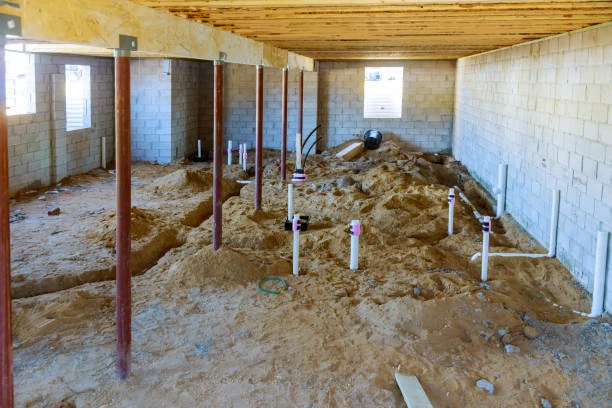

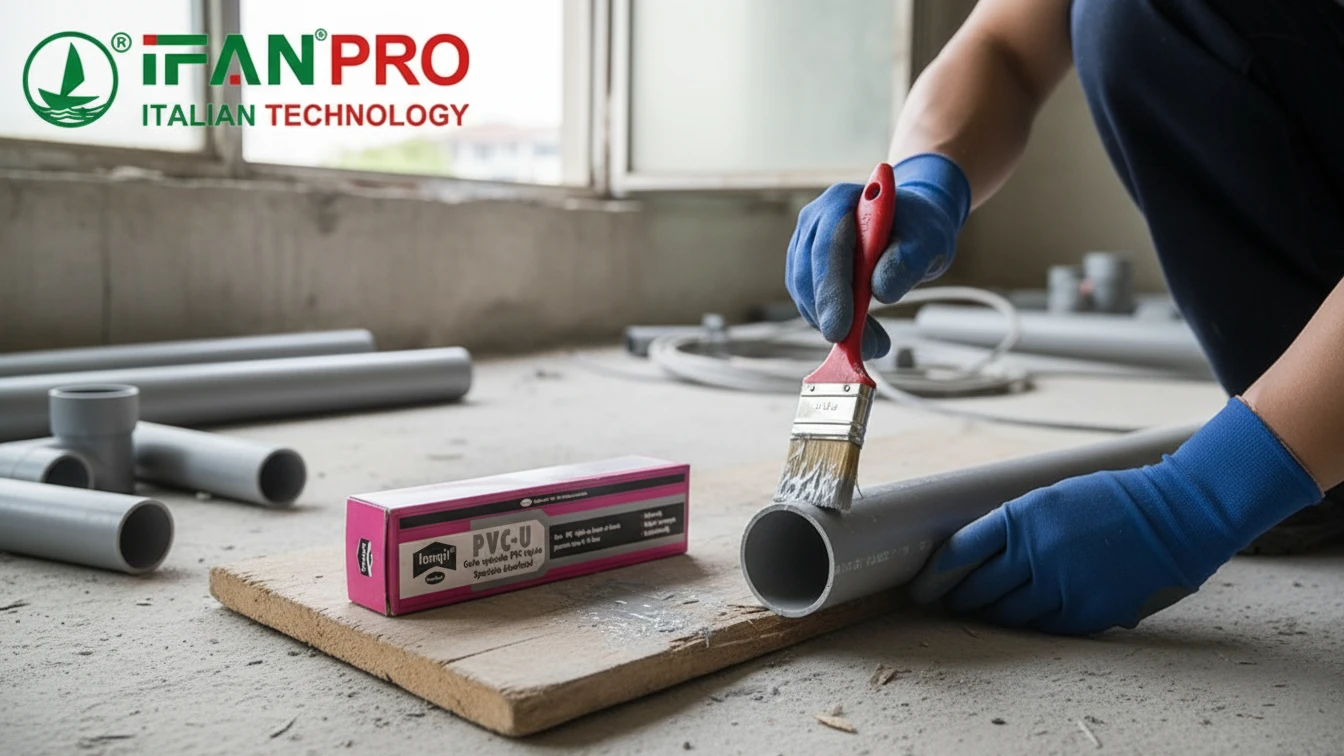
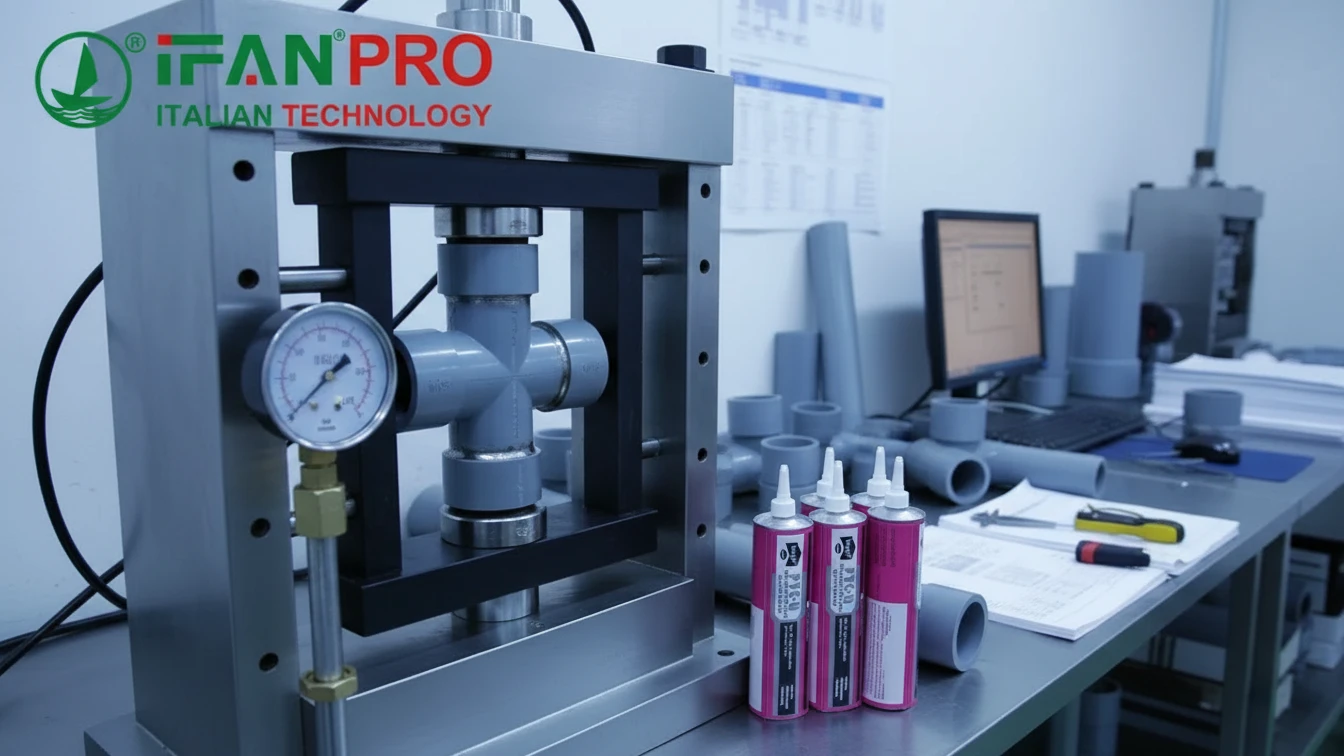
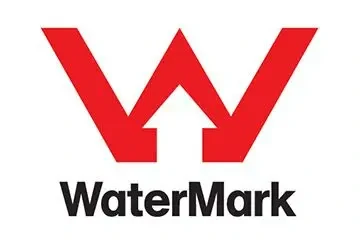

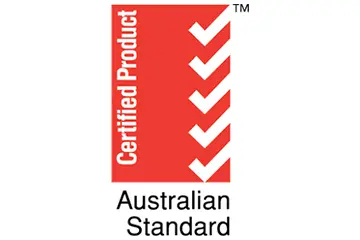
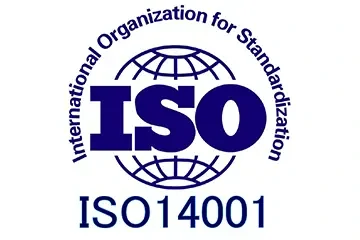



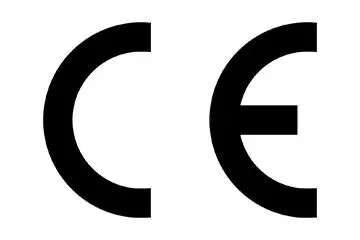
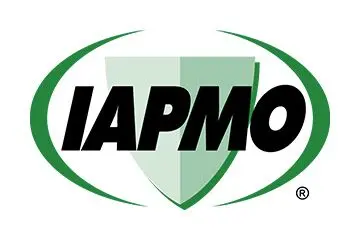
Recent Comments